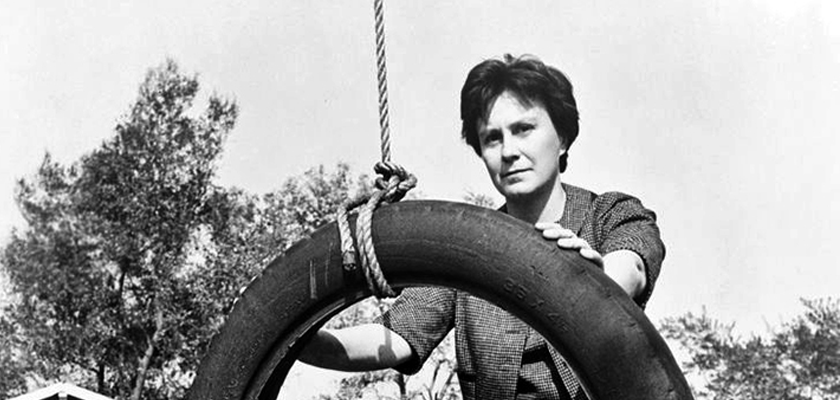Pulitzer Prize-winning author Harper Lee was born on April 28, 1926, in Monroeville, Alabama. Thirty-four years later, she published a classic of Southern literature, “To Kill a Mockingbird.”
Lee’s father, Amasa Coleman Lee, a descendant of Confederate Gen. Robert E. Lee, worked as a newspaper editor, businessman and lawyer and also served in the Alabama Legislature for over a decade.
Lee’s childhood next-door neighbor was author and playwright Truman Capote, who remained her friend throughout her life.
After she graduated high school, Lee attended Huntingdon College in Montgomery, which was then exclusively for females. However, she eventually transferred to the University of Alabama but left in 1949 before receiving her degree.
Lee then moved to New York to work as a clerk for Eastern Air Lines and British Overseas Airways.
During her time there, she wrote several essays and short stories, all of which were never published. She quit her job when her agent encouraged her to develop one of her short stories into a novel. When she finally finished it in 1957, editors with the J.B. Lippincott Company saw promise in it but encouraged her to rewrite it.
“To Kill a Mockingbird” was published in 1960 and became an instant success and won a Pulitzer Prize for fiction in 1961.
“To Kill a Mockingbird” follows the childhood of six-year-old Scout Finch during the Great Depression in the fictional town of Maycomb, Alabama. Finch lives with her widowed father, Atticus, a lawyer who defends a black man falsely accused of raping a white woman.
Though Lee upheld that the novel was not autobiographical, people and events from her childhood parallel those in “To Kill a Mockingbird.” For instance, similar to Atticus Finch, Lee’s father defended two black men accused of murder. The men were ruled guilty and hanged. It was the last case her father ever took. Lee also modeled the character Dill, a friend and neighbor of Scout, after Capote.
In 1962, Hollywood produced a film based on the novel starring Gregory Peck. Though the film was not produced in Monroeville, film producers used the Old Monroe County Courthouse as a model for the film set. The film received critical acclaim and further amplified interest in Lee’s novel.
Despite the book’s themes about the horrors of racism in the 20th-century South, “To Kill a Mockingbird” has been banned and challenged in several school districts around the country for its use of racial slurs.
A year before Lee’s death in 2016, Lee published “Go Set a Watchman,” which publishers promoted as a sequel to “To Kill a Mockingbird,” but it is now accepted that it is Lee’s first draft of the original novel.
To connect with the author of this story, or to comment, email will.blakely@1819news.com or find him on Twitter and Facebook.
Don’t miss out! Subscribe to our newsletter and get our top stories every weekday morning.










